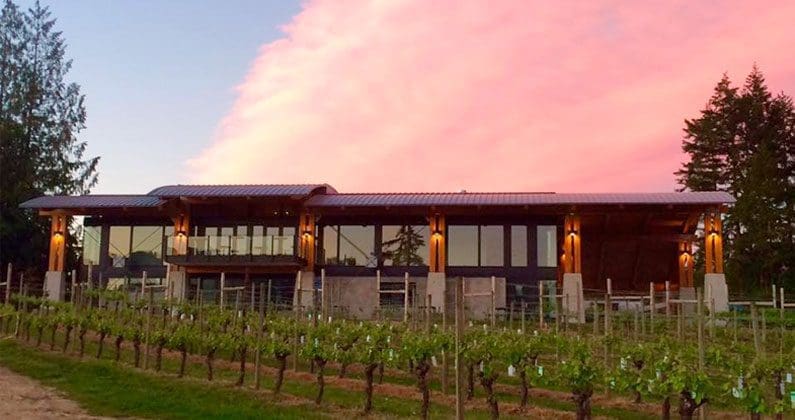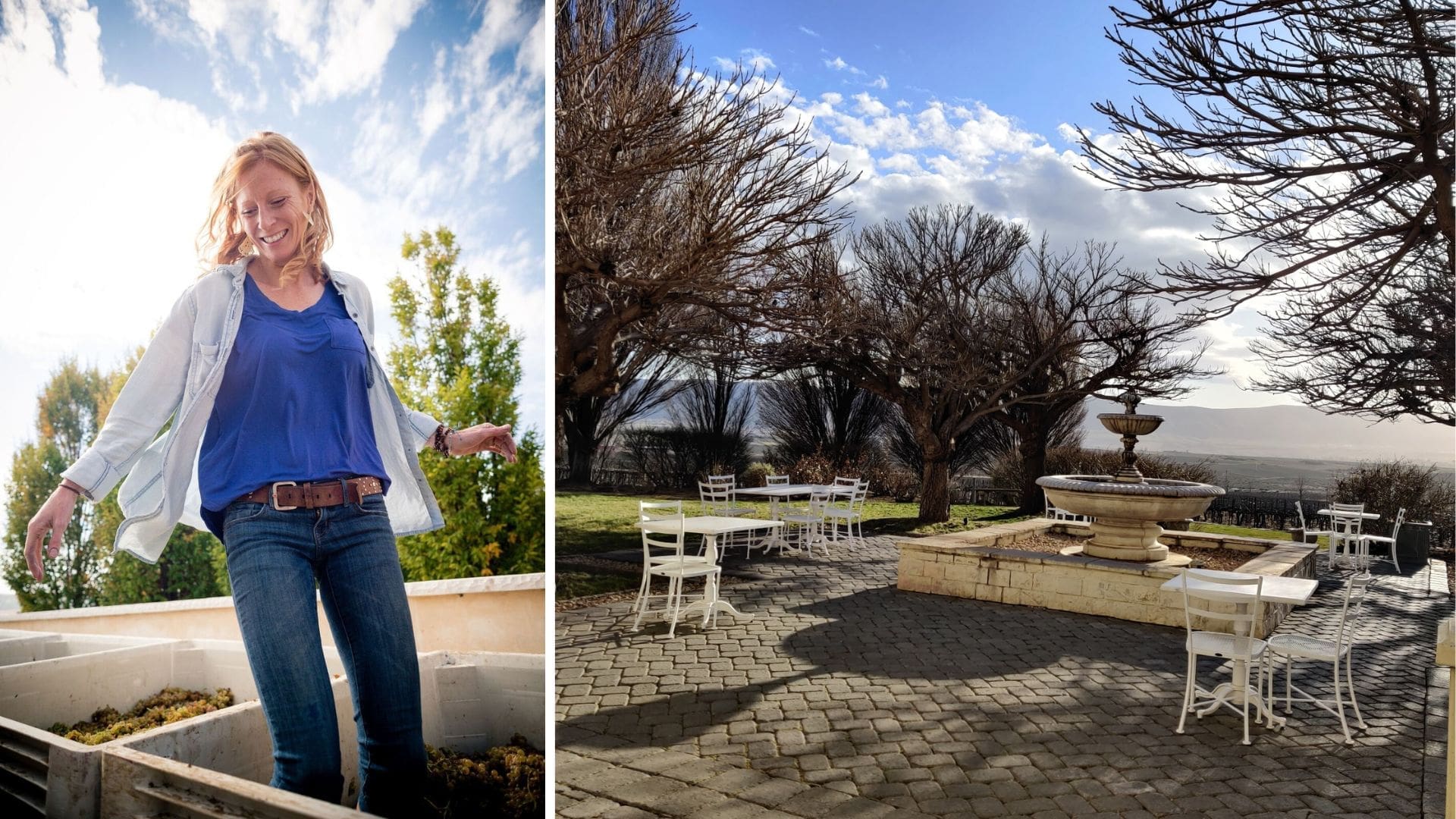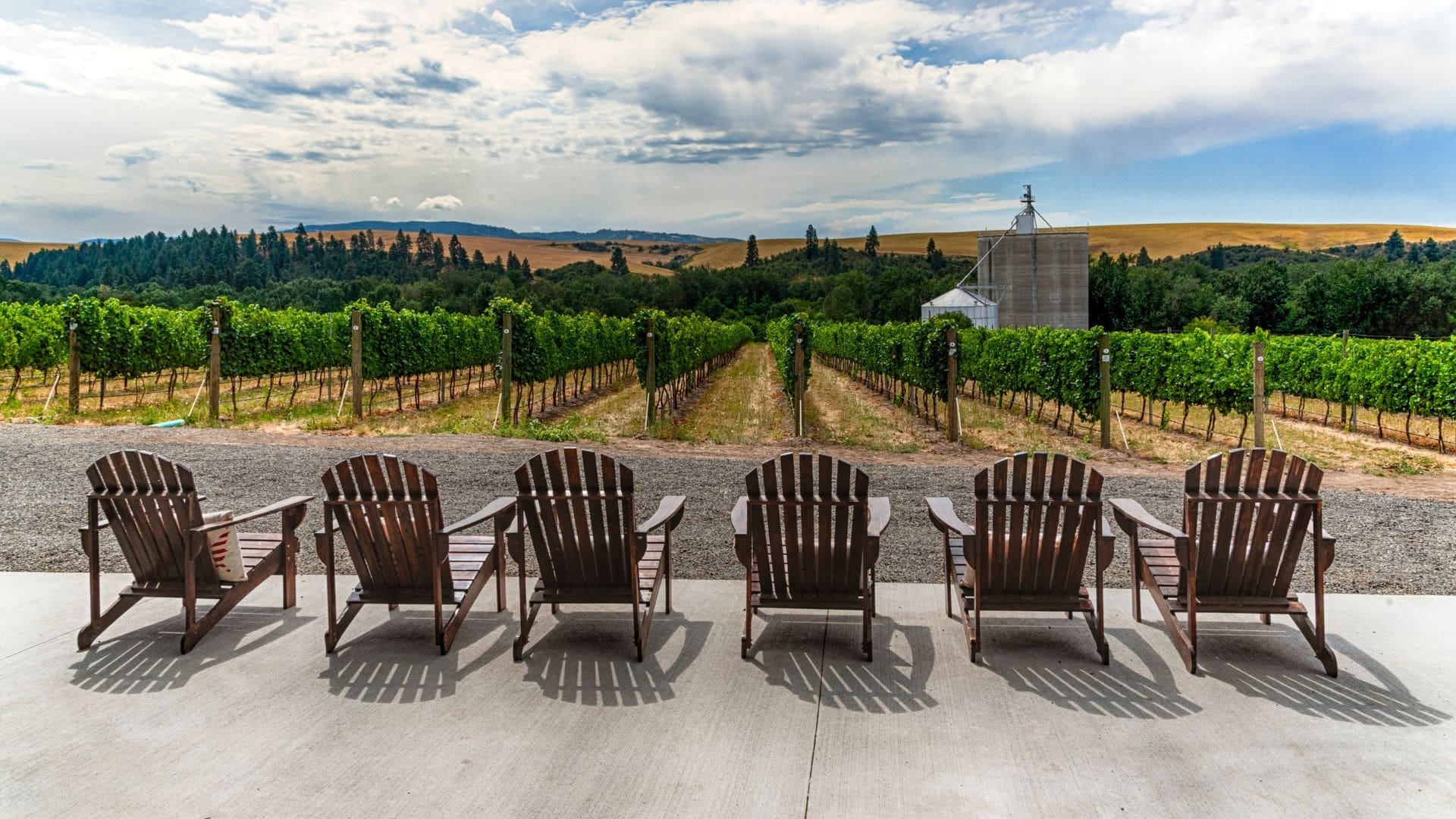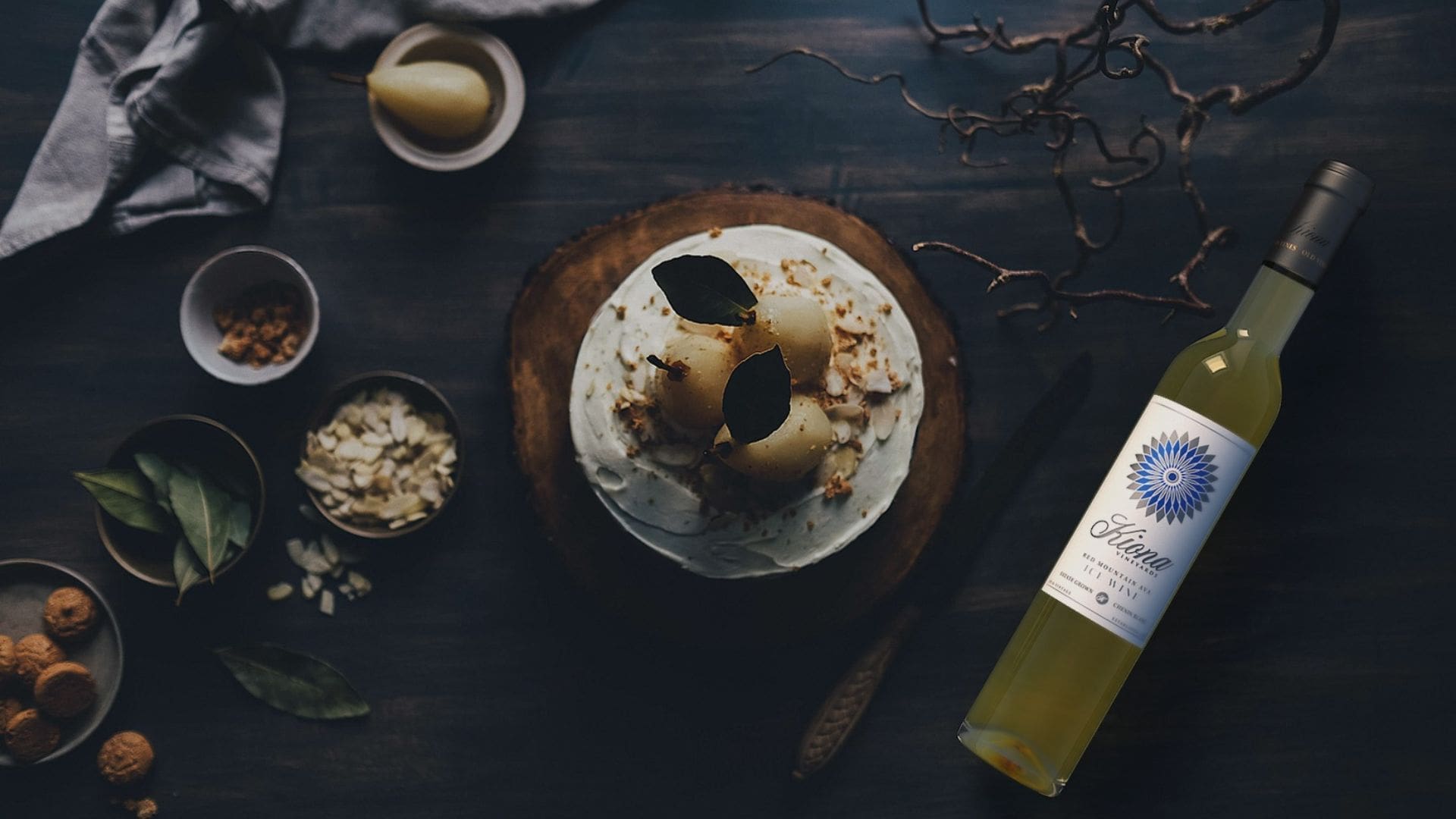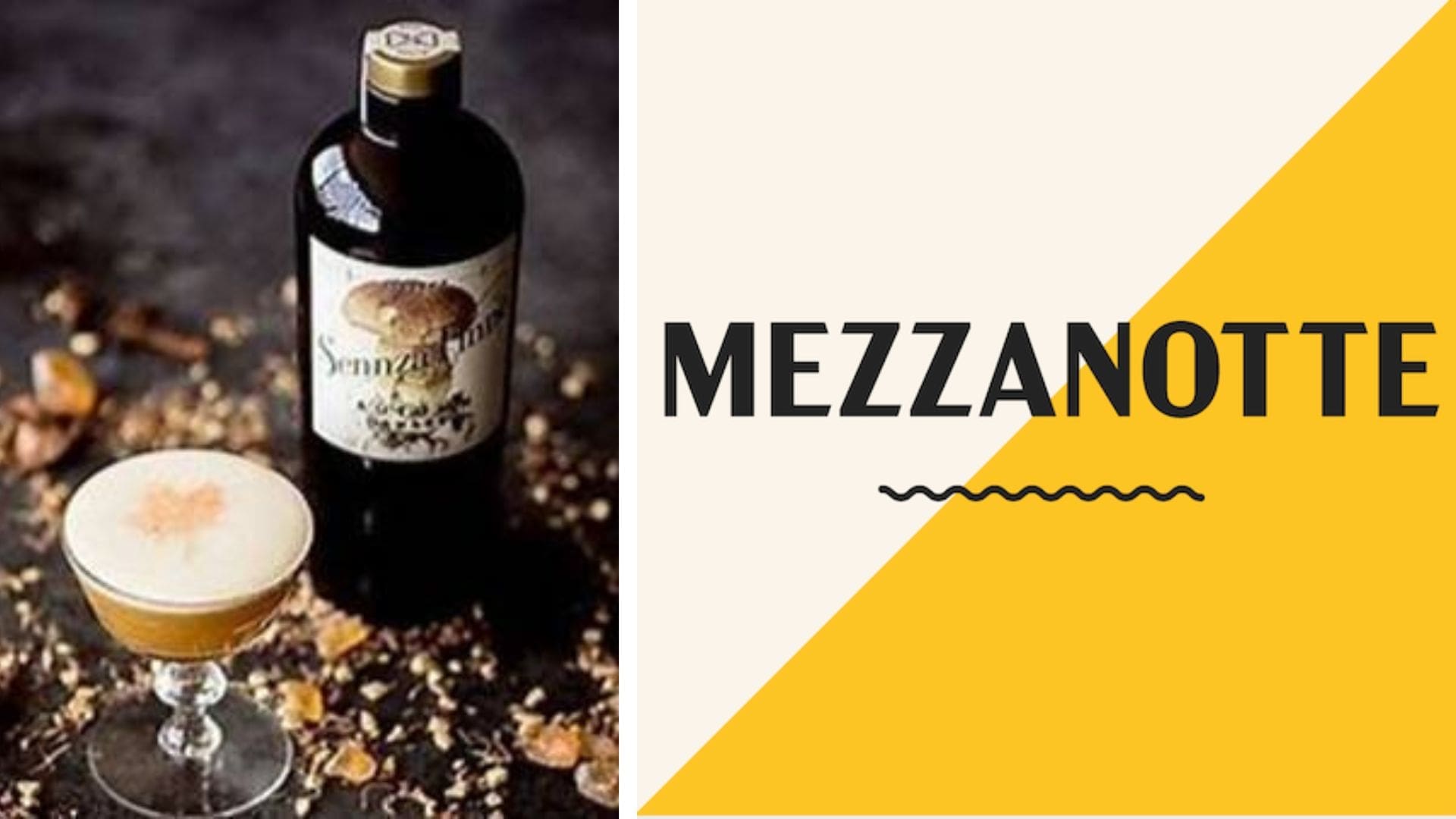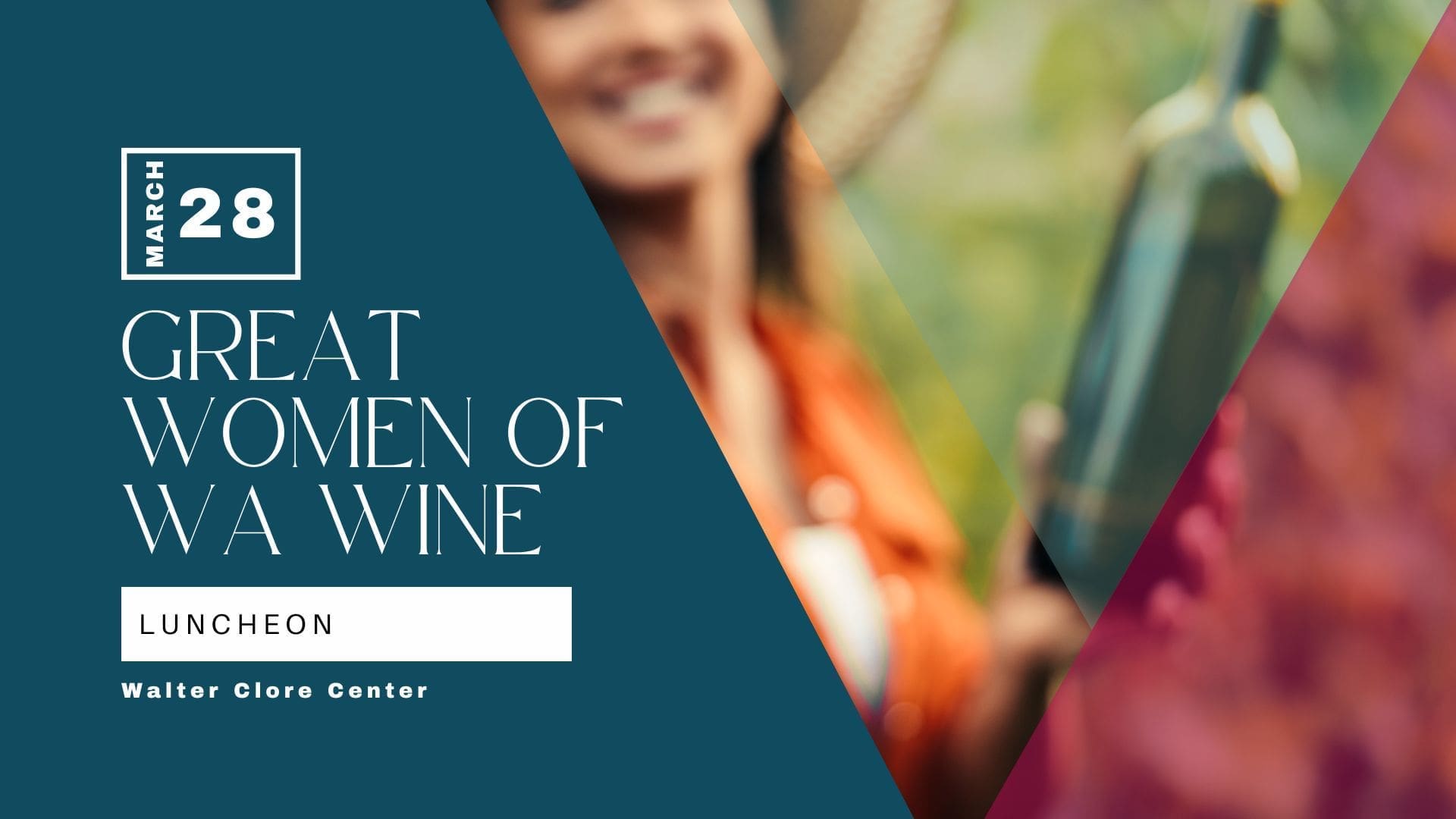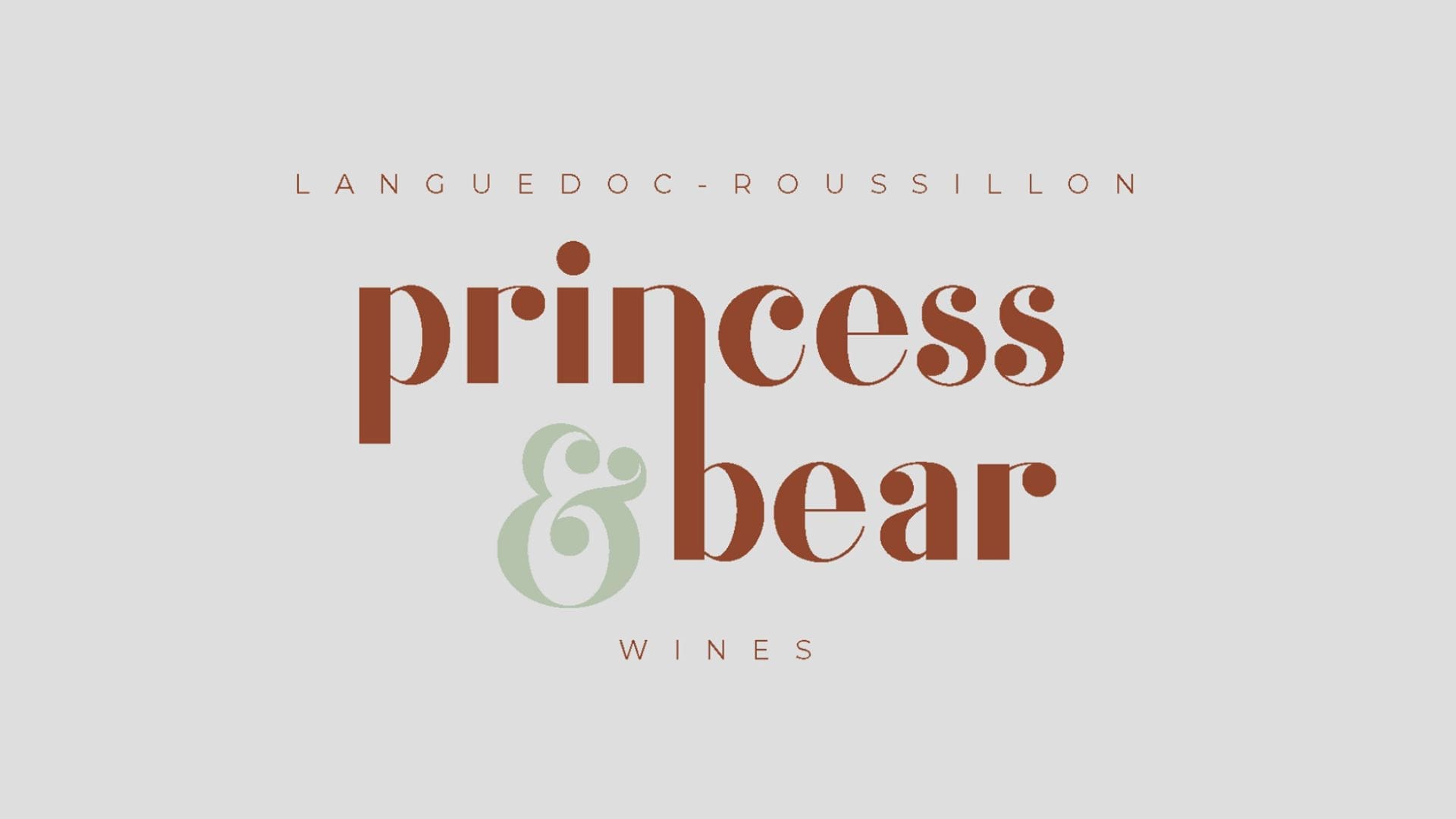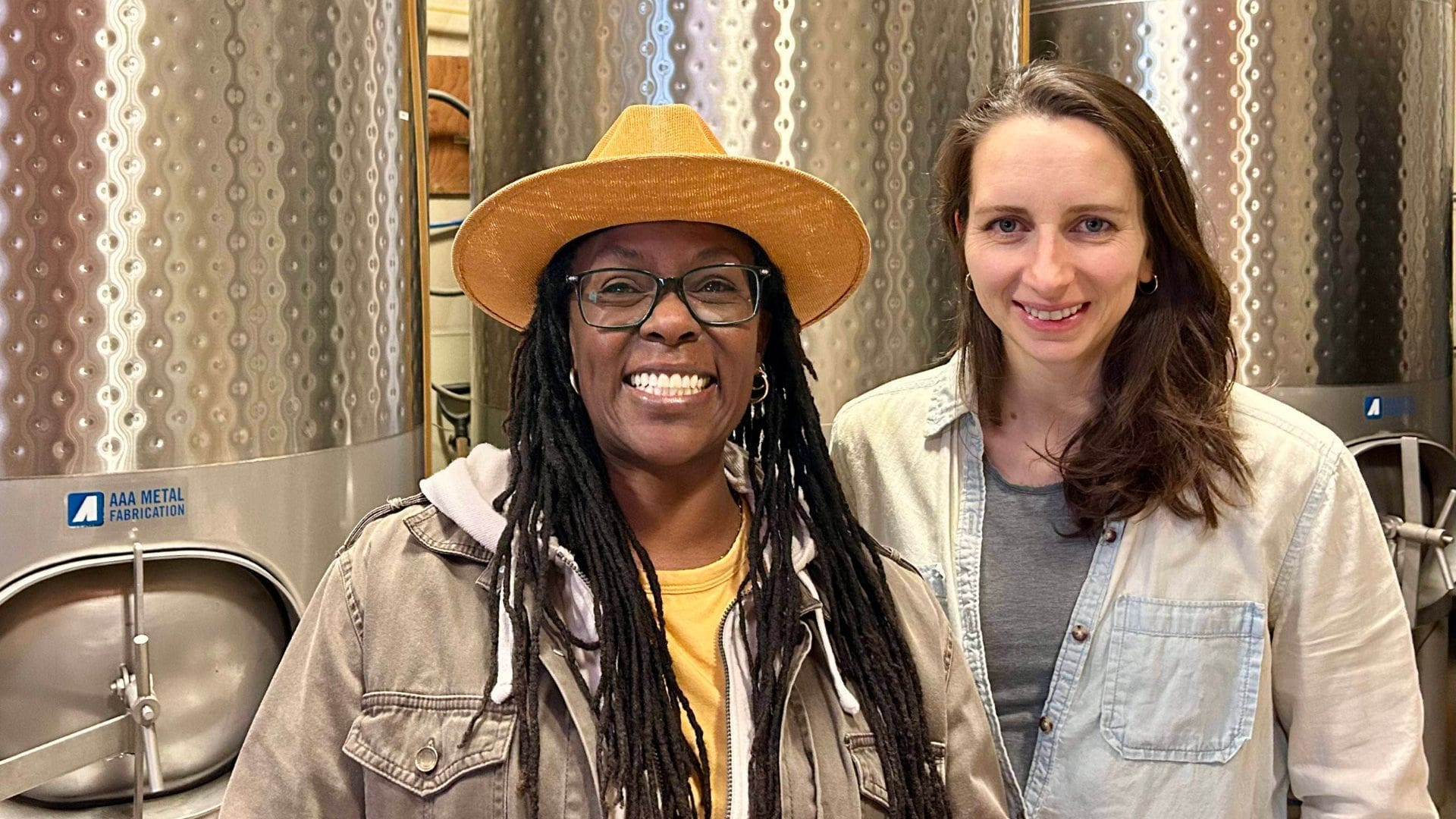With 35 wineries and more than 430 acres under vine, Vancouver Island isn’t quite the grape growing paradise of, say, the Okanagan Valley, which boasts quadruple the wineries and 20-times the acreage. But that hasn’t stopped Blue Grouse Estate Winery from making it work. Situated in the island’s Cowichan Valley, the winery specializes in cool climate, estate-grown German varietals like Siegerrebe and Ortega, as well as warmer grape varietals sourced from Okanagan vineyards.
Blue Grouse’s history dates to 1977, when the land became a test site for 130 to 150 grape types under a Ministry of Agriculture-funded program. That lasted three years, and then the land sat unused until 1988, when Dr. Hans Kiltz and his wife, Evangeline, purchased the farm and discovered the old vines.
Hans rejuvenated a few vines but ultimately planted varietals he knew would grow well in the cool, damp climate. Today, the venture is owned by Paul and Cristina Brunner and is one of Vancouver Island’s oldest estate vineyards.
Winemaker Bailey Williamson says that rich history is important in his present-day work. “When I moved here for the job, I knew about the site, the winery and its previous owners and I was always impressed that the site was chosen to grow grapes,” he says. “This isn’t a piece of dirt that someone inherited from their great-grandmother and they had a dream to put grapes on. It was literally chosen to grow grapes back in 1977.”
According to Williamson, Dr. Kiltz specifically “chose to grow the types of grapes that would grow well here,” those cool weather-adapted German varietals that make up the winery’s estate-grown portfolio. Those labels are mostly white wines, but Blue Grouse is also one of the only Canadian wineries to grow Black Muscat, which it describes as a deep red wine “with powerful, unmistakable aromas of lavender, lychee, blackcurrant and sweet spices.”
For his winemaking program, Williamson sources grapes from the warmer Okanagan to blend with estate-grown grapes and other Vancouver Island-grown fruit for more volume and diversity. The so-called Quill line includes a dry and off-dry white blend, a Riesling, a red blend and an island-sourced Gamay Noir rosé.
Blue Grouse prides itself on its sustainability measures, embracing the notion that “after we’re all gone, someone else will be here, and we’re stewards of this land,” Williamson says. In that vein, the winery utilizes geothermal heating and cooling, supports biodiversity at an on-site riparian area and in the vineyard, collects rainwater, processes winery and domestic waste water through a series of bioreactors in the ground, and taken many measures to reduce energy use.
Williamson, who worked as a chef for 25 years, thinks Blue Grouse can lead the way in putting the area on the map as a food- and drink-focused destination. He points out farm-to-table restaurants, other wineries and other artisan producers who help make the region worthwhile.
“The Cowichan Valley is poised to break out as a region that is all about food and wine,” he says. “There are a lot of great small producers here and we’ve got now a critical mass of wineries that are making great wine.”

